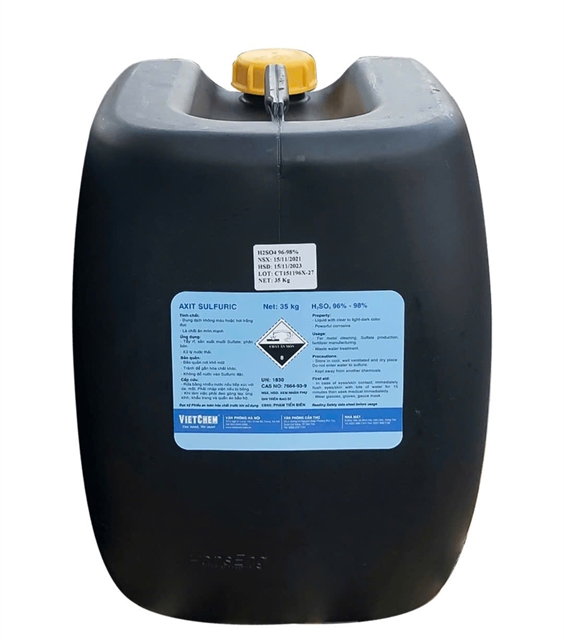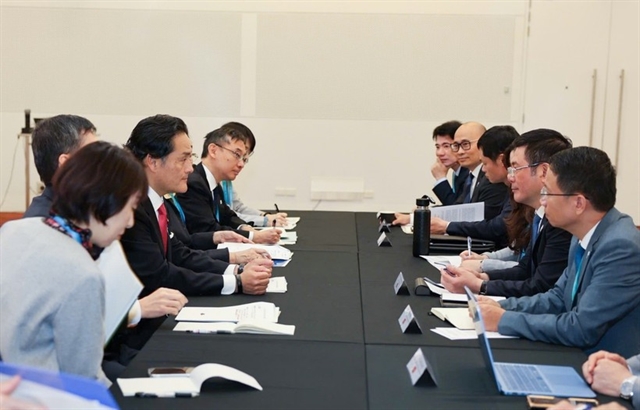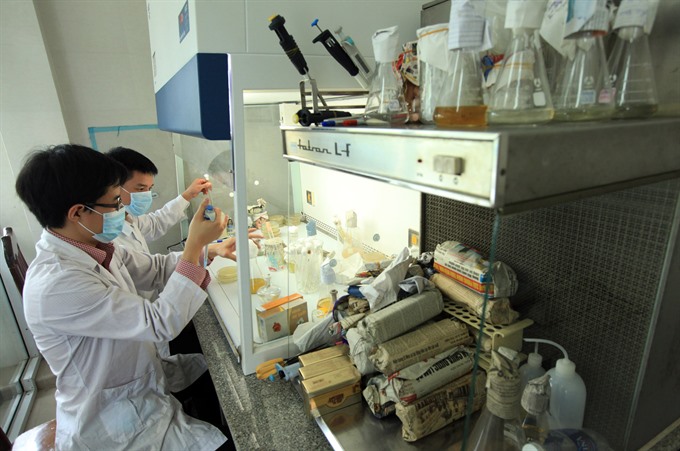 Society
Society

Vietnamese atomic energy has been successfully applied across various sectors in Việt Nam—including health care, industry and agriculture—experts said in a seminar in Hà Nội yesterday.
 |
| Engineers work at the Hà Nội Irradiation Centre – the centre was established to irradiate farm produce for export in the northern region. Vietnamese atomic energy has been successfully applied across various sectors including agriculture. — VNA/VNS Photo Anh Tuấn |
HÀ NỘI – Vietnamese atomic energy has been successfully applied across various sectors in Việt Nam—including health care, industry and agriculture—experts said in a seminar in Hà Nội yesterday.
Radiation and radioactive isotopes have proven effective in disease diagnosis and treatment, head of the Việt Nam Atomic Energy Agency Hoàng Anh Tuấn said, adding that Việt Nam now houses 32 centres for nuclear medicine, 25 radiotherapy centres and 174 CT scanners.
In the sphere of industry, gamma rays have been used in the garment-textile sector and petrochemistry, according to the official.
In terms of agriculture, Việt Nam ranks eighth in the world in research on mutation breeding.
Some 27 monitoring stations have been built in 16 cities and provinces across the country near mines containing radioactive material.
Radiation technology has also been deployed in Việt Nam in the field of seafood and agricultural products, especially fruits for export, sterilisation of medical equipment and manufacturing materials through radiation treatment.
Tuấn suggested training more experts who can master radiation and radioactive isotopes, as Việt Nam is now thirsty for experts in this field.
Delegates at the event also discussed the legal system’s mechanisms and policies, as well as State management in scientific and technological development, in order to ensure the safety and security of atomic energy.
They stressed the need to import more technologies and organise more scientific-technological workshops with the participation of foreign partners to hasten the application of atomic energy in socio-economic development.
Phạm Công Tạc, Deputy Minister of Science and Technology, said that Vietnamese management agencies, scientists, institutes and educational institutions have made every effort to develop legal documents with the aim of accelerating the research and application of the energy.
Outcomes of atomic energy research studies and applications to serve national socio-economic development were also displayed on this occasion.
Chinese nuclear power plants
Regarding the three Chinese nuclear power plants near Việt Nam’s border, Nguyễn Hào Quang, vice director of the Việt Nam Atomy Energy Insitute, said that it was necessary to build a national network monitoring and alerting environmental radioactivity.
“Radiation can move across borders and cannot be observed visually. It’s essential that such a network is built because apart from Chinese nuclear power plants, other countries like Thailand, Indonesia and Cambodia also plan to build their own nuclear power plants,” Quang said.
“Experience indicates that monitoring and sharing warnings about radiation is very important. In 2011, for example, the tsunami in Japan led to the incident of the Fukushima Daiichi Nuclear Power Plant. At these sorts of times, a monitoring station would help us find the right plan of action when threats lurk,” he added.
Trịnh Văn Giáp, from the Institute of Nuclear Science and Technology, said that plans for a national monitoring network and an environmental radiation warning system was approved by the then Prime Minister in 2010.--VNS




